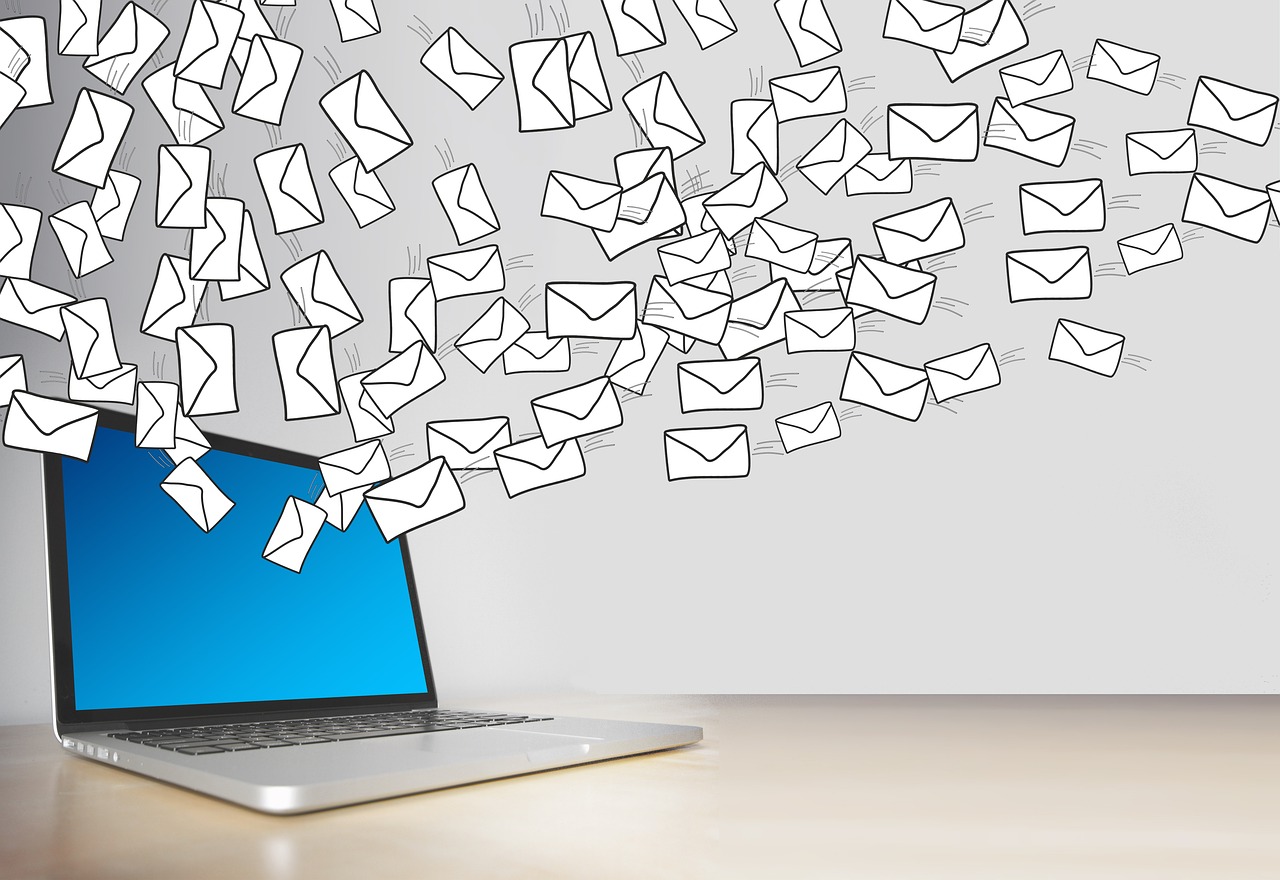
Whether with your neighbour or your buddy in Argentina – we are all connected and love communicating with each other. To do this, we use the technologies that are available to us. We use our beloved devices (e.g. mobile phones or laptops) all the time in our everyday lives, whether as alarm clocks, to play games, for homework or for work – or just to stay in contact with friends and relatives.
Several studies have shown that a large amount of pointless e-mails and text messages are sent every day. And did you know that Internet use consumes near as much CO2 every year as air traffic1?
Obviously, the messages we send have more impact on the environment than one might think. But do all these messages really have to be sent?
How many messages do you read and send every day? How many of them are unnecessary? How many unnecessary e-mails/messages do you send per month? Do you usually send short messages to say “thank you”, “I read it” or “hello”? Do you send the same message again and again?
Think about how you could reduce the number of text messages without neglecting your friends or seeming unfriendly.
This Worksheet is part of the Quartely Problem Series. For more quartely problems and other classroom materials, click here.
Picture Source: Image by Gerd Altman on Pixabay
1https://www.zdf.de/nachrichten/heute/klickscham-wie-viel-co2-e-mails-und-streaming-verusachen-100.html
CC-BY-NC-SA 4.0 licence granted
Content-related competences
